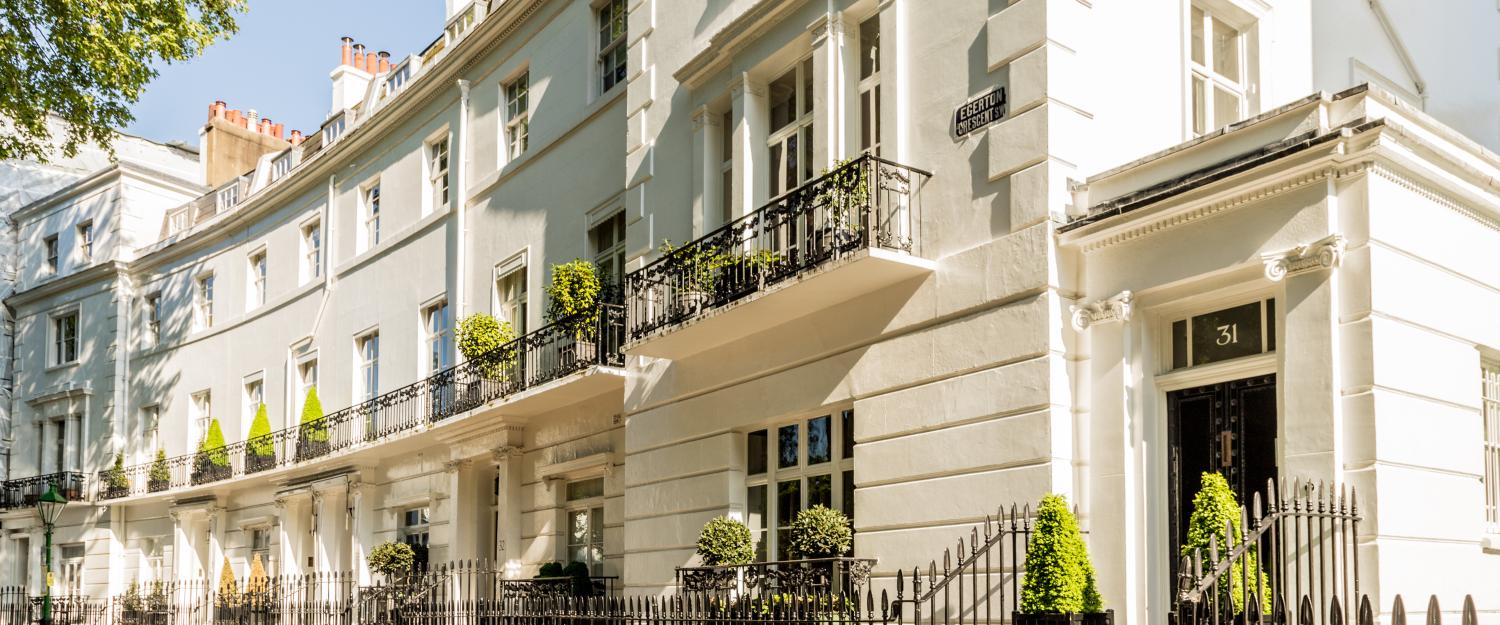
Landlords knowledge centre
At Hiscox, we’re committed to helping your investments thrive. Whether you’re taking your first steps into property letting or managing a portfolio, you can explore our landlord articles for insights into property management and landlord best practices.
Becoming a landlord
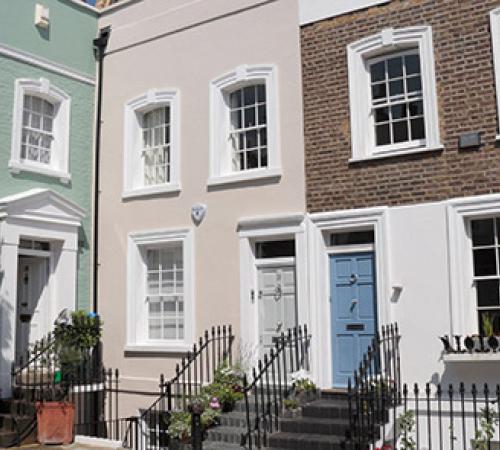
How to become a landlord
Being a landlord can be both challenging and rewarding. This guide outlines the key aspects of becoming a landlord, from researching the rental market and financing your investment to preparing the property, screening tenants, and managing your rental business.
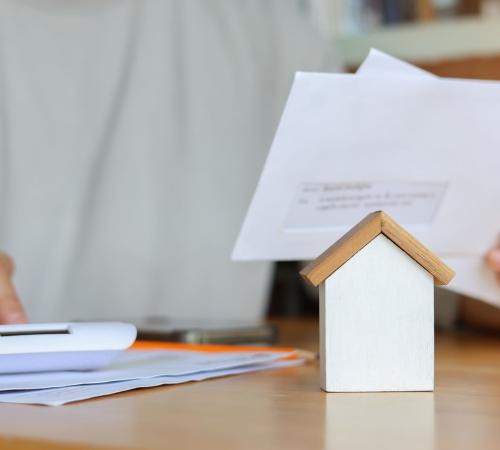
Becoming a landlord: Costs of becoming a landlord
No matter what type of property you own, becoming a landlord is a financial commitment. From tax obligations to maintenance fees, there are costs to consider beyond your initial investment. Whether you’re a prospective landlord or expanding your portfolio, understanding these costs can help you plan and prepare.

Becoming a landlord: Guide to taxes
Understanding taxes can seem daunting, especially for landlords managing multiple properties. Whether you’re an experienced landlord or just starting out, understanding your tax obligations can help you stay compliant and ensure your rental business thrives. Here, we’ll explore what taxes landlords might pay, which expenses are tax-deductible, and how income tax is paid.

Becoming a landlord: Landlord grants
While landlords can generate income through rent, they also incur various expenses to ensure their rental properties remain in excellent condition and are habitable for tenants, as required by the Homes (Fitness for Human Habitation) Act 2018. Fortunately, there are numerous grants available in the UK that can help cover these costs. For instance, boiler grants can assist in maintaining heating systems, which can help save money and keep tenants comfortable. Discover more about the available grants for landlords in our comprehensive guide.

Becoming a landlord: Preparing for risks
Landlords face various risks when letting out properties, from maintenance issues like leaks to tenant-related problems. Effective risk management can help you maintain your property's condition and minimise unexpected costs by identifying potential problems early before they escalate. In this guide, we explore various risks that could impact landlords financially and offer insights for managing them.
Landlord Guides

Electric meters for landlords
Electric meters can do more than measure electricity use in a building. They can help you manage costs, maintain transparency with tenants, and ensure compliance with rental regulations. Whether you own one rental property or several, let tenants organise their bills or charge for utilities included; understanding electric meters can help you save time and money.

Guide to creating a landlords inspection checklist
Regularly inspecting rental properties is a vital task for responsible landlords. Beyond protecting your investment, they help ensure you meet your legal obligations and provide safe, comfortable homes for tenants.
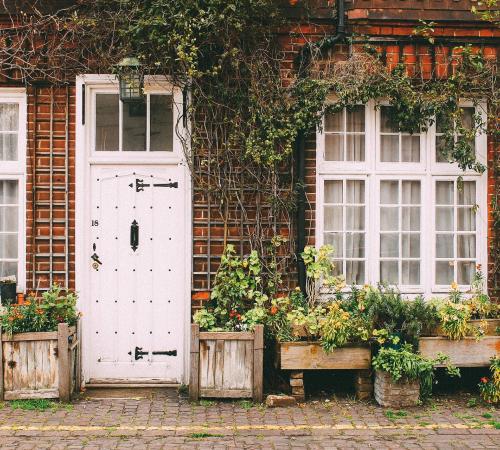
Landlord's guide to new tenant preparation checklists
Once you've secured a tenant for your property, there are several tasks to complete before they move in. From conducting inspections and making necessary repairs to ensuring a thorough cleaning, it's crucial to have the property in excellent condition before you begin collecting rent. Curious about what steps to take before your new tenants arrive? This checklist can help you get everything in order and ready to hand over the keys.

Landlord's guide to preparing for winter
As winter approaches and the weather worsens, landlords might start to consider “winter-proofing” their properties to keep them in optimal condition. This can involve several tasks, like ensuring boilers are well-maintained and functioning properly, and checking insulation. This guide explores how landlords prepare their homes for the winter season.

Landlords guide to property inventories
An accurate and detailed property inventory can be one of the most important documents landlords create. A well-documented inventory can help reduce the risk of deposit disputes, providing clear evidence of the property’s condition when the rental agreement starts and helping ensure a smooth tenancy from start to finish. Whether you’re a first-time landlord or an experienced portfolio manager, this guide can help you understand how to prepare an inventory with a schedule of conditions that protects your and your tenants’ interests.

Landlord's guide to deposit protection schemes
As a landlord, protecting your tenant’s deposit isn’t just good practice – it’s a legal requirement. Deposit protection schemes can safeguard both landlords and tenants by ensuring deposits and disputes are handled fairly. This guide outlines your potential obligations and the different types of schemes available.

Landlord’s guide to sheds and garages
Many landlords own properties with external buildings, such as sheds and garages. In this guide, we explore the impact of sheds and garages on landlords. We'll discuss whether landlords can use these spaces for their own storage or if they are exclusively for tenant use. Additionally, we'll cover the advantages of sheds and garages for tenants and provide maintenance tips to keep them in top condition.
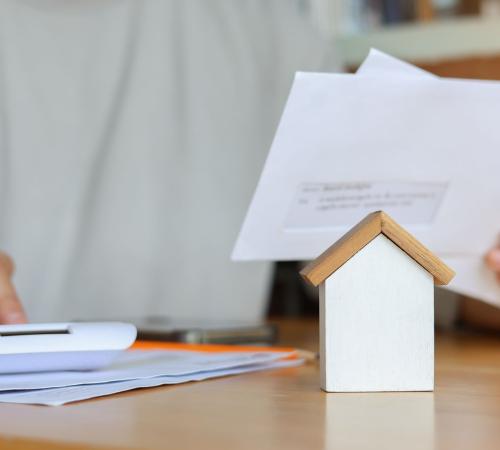
How to calculate rebuild cost for a rental?
Securing the right insurance is one step you can take to ensure your property is adequately protected against various risks. To obtain an accurate quote, it's essential to provide the correct rebuild cost. This figure helps prevent over-insuring or under-insuring your rental property, so that you’re protected if your property is destroyed and needs a complete rebuild. In addition, accurately calculating rebuild cost can help you determine an appropriate emergency fund and budget effectively. In this guide, we explain what rebuild cost is, why it's important for landlords, and how it’s calculated.
Landlord legislation and regulations
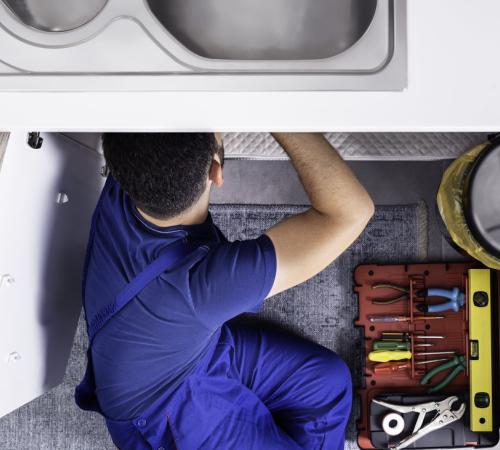
What are a landlord’s repair obligations?
Landlords and tenants share the responsibility of maintaining a rental property, but landlords are primarily obliged to ensure the property remains safe and habitable. There are various things to consider, from addressing emergency repairs promptly to conducting regular maintenance checks. We explore the legal requirements and best practices that can foster a positive landlord-tenant relationship and help landlords remain compliant and maintain quality housing for tenants.

Permitted occupier guide for landlords
Landlords may have tenants who allow others, such as partners or family members, to live with them in their rental properties. These individuals, known as permitted occupiers, are not official tenants. But what exactly is a permitted occupier? Do they have the same rights as tenants? And what might landlords consider when dealing with permitted occupiers?

Landlords guide to electrical safety
Landlords strive to provide quality housing for tenants. Following electrical safety standards is one way to ensure your rental property is safe and fit for purpose. Failure to meet regulations can lead to serious hazards, such as electrical fires, alongside penalties and legal issues. Understanding the electrical safety regulations that you’re required to follow can help you comply.

Fire safety guidelines for landlords
Ensuring fire safety in your rental property isn’t just a good idea – it’s a legal requirement. From candles and cigarettes to faulty appliances and overloaded electrical outlets, there are many common causes of fires. No matter how careful you are, accidents can happen. However, understanding and following good fire safety protocols and keeping tenants informed about fire safety can help you reduce fire risks, build trust, and ease tenant concerns.

Guide to landlord access rights
Landlords occasionally need to access their rental properties. However, it's not as straightforward as showing up and entering. Legal regulations restrict landlords from accessing the property without the tenant's consent. So, what steps must landlords take to gain access? What are the valid reasons for needing entry? And what rights do tenants have in these situations?

Are landlords responsible for pest control?
Dealing with pests in your rental property can be stressful and costly. Pests such as mice, rats, cockroaches, and flies pose health and safety risks. Infestations should be dealt with promptly. However, it's not always immediately obvious who's responsible for dealing with them. Let's explore landlords' and tenants' legal obligations and best practice preventative measures when dealing with pests.

How to check a tenant's right to rent
Ensuring your tenants have the right to rent is a crucial step for landlords. This guide will provides a comprehensive overview of what right to rent entails, including the legal requirements and why it’s important to complythe importance of compliance . You can find common practices for conducting right to rent checks and understand the specific documents tenants need to provide. By following this guide, you'll be well-equipped to navigate the process smoothly and confidently, ensuring you meet all necessary regulations.
Disclaimer:
Managing rental properties is a complex business. At Hiscox, we want to see your investments thrive. Our articles offer insights into property management and landlord best practices. Some articles relate to health and safety matters which may require added due diligence to ensure compliance with relevant regulations and standards. But these articles aren’t professional advice. To find out more about a subject we cover here, please seek professional advice.

